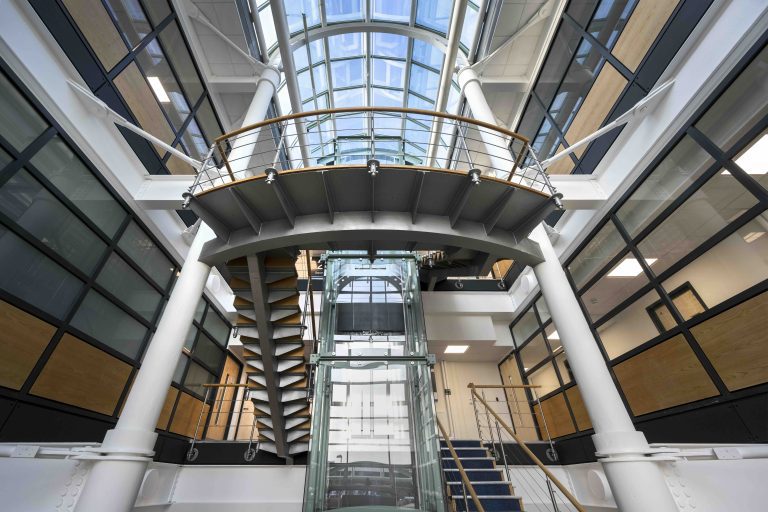A new report by CBRE, commissioned by West Yorkshire Combined Authority (WYCA), has highlighted the acute need for more grow-on space for life sciences, and in particular digital health companies if the region is going to fulfill its potential and retain its home-grown talent. CBRE’s research found that with over 600 health and life sciences companies, including 250 MedTech firms and over 90 digital health enterprises, West Yorkshire is emerging as a top ten cluster due to its vibrant start-up culture, skilled graduates and strong research network. The 51,618 sector professionals across the region represent a 10% annual growth and Leeds has a significantly higher density of these employees than the national average. The UK is aiming to develop 21 million sq ft of lab space by 2030 and investment currently remains concentrated in established hubs. CBRE’s report shows increasing investor interest in the sector, with 58% of funding from Venture Capital funds into West Yorkshire going to life sciences and technology. However, if the region is going to continue to attract investment and retain home grown talent, it will need to address the supply issue. Jonathan Lowe, Head of Science & Technology for the North at CBRE, explains: “West Yorkshire has done a fantastic job of enabling start-ups to get established, evidenced by the fact that Leeds University’s Nexus incubator is nearing capacity, so the question now is where these companies will move to. The key is to keep that talent, innovation and the associated jobs within the region and provide a range of flexible space with a combination of offices, labs and industrial facilities to satisfy demand. It is important to encourage clustering to enable knowledge and resource sharing and avoid new facilities becoming too disbursed.” CBRE’s report shows there are 44 live occupier requirements in West Yorkshire, with remaining lab availability limited at Nexus in Leeds and Huddersfield’s 3M Buckley Innovation Centre. All of the available lab space across the region is within suites of 2,000 sq ft and below, leaving little room for growth. Most grow-on requirements start above 5,000 sq ft, therefore intervention is required to bridge this gap. Lowe continues: “The repurposing of office stock is certainly a viable solution, particularly for digital health companies who don’t typically require the same specific requirements of wet lab facilities. Redundant space within medical and university estates could present opportunities, providing the buildings have the underlying building infrastructure fundamentals within locations surrounding the key research institutions.” Looking ahead, there is 45,166 sq ft of lab and office space to come forward at Old Medical School in Leeds but this isn’t set to be available until 2027. The future development pipeline for West Yorkshire also includes future phases of Innovation Village in Leeds, the National Health Innovation Campus in Huddersfield and the focus in Bradford on the Knowledge Quarter. CBRE’s report concluded that the West Yorkshire life sciences sector holds significant growth potential and that by addressing specific real estate needs, fostering clustering and investing in targeted incubator and grow on development, the region can solidify its position as a competitive player in the UK life science landscape. Building, Design & Construction Magazine | The Choice of Industry Professionals










